BOT projects seek ‘clean coal’ model
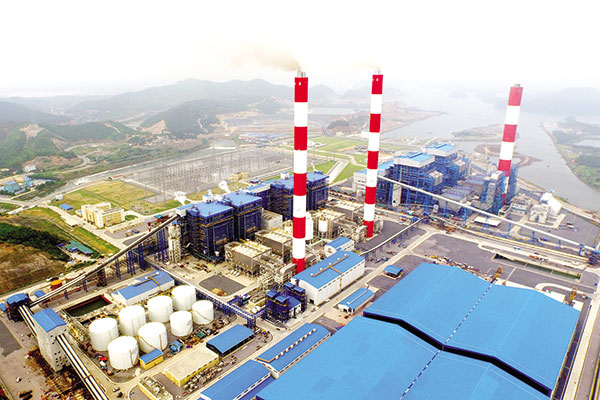 |
| For the foreseeable future, Vietnam will rely on coal-fired plants, so harm reduction will be key - Photo: Do Phuong |
Demand for clean solutions
As it awaits the Vietnamese government’s approval in principle to commence construction of the 1,200-megawatt (MW) Quynh Lap 2 power plant, South Korean firm Posco Group is fine-tuning the technology which will go inside.
“As you know, financial institutions such as the World Bank, the European Investment Bank and commercial lenders have started to restrict or phase out their financial support of coal-fired power generation. Therefore, clean coal technology is our priority for developing the Quynh Lap 2 thermal power plant,” a Posco Group representative told VIR.
‘Clean coal technology’ describes a new generation of energy processes, some currently available and others being developed, which have the ability to sharply reduce air emissions and other pollutants. These new technological breakthroughs make it possible for new and older coal-burning power plants to produce power in an economical and environmentally-responsible manner.
According to Posco, the $2.2 billion Quynh Lap 2 plant in the central province of Nghe An is committed to using the most advanced supercritical technology.
This would be Posco’s second power project in Vietnam, following the $2.1 billion build-operate- transfer (BOT) 1,242MW Mong Duong 2 coal-fired thermal power plant – the largest BOT coal-fired power plant in Vietnam. Posco Energy holds a 30 per cent share in the plant’s ownership consortium, which also includes American firm AES Corporation (51 per cent stake) and China Investment Corporation.
“We have not faced any environmental issues for Mong Duong 2 coal-fired thermal power since the first day of connecting to the national grid in 2014,” the representative said.
According to AES Corporation, Mong Duong 2 uses a pulverised coal-fired boiler, which involves the pulverisation of the coal to a fine degree to spray into the furnace.
The $2.2 billion Nghi Son power plant is also expected to be granted an investment certificate this year. Choi Jung Ho, general director of plant developer Nghi Son 2 Power Company, told VIR through email, “The Nghi Son 2 project has been processed through international tender, which requires strict global environmental compliance from the bidders. Since being awarded the bid in 2013, [plant investor Korea Electric Power Corporation] has been carefully preparing for construction of the plant, as well as its operation, to minimise environmental impact by way of relevant studies and reviews.”
The list of BOT power projects will rise as some foreign firms are currently in negotiations or are conducting feasibility studies to build power plants nationwide, such as South Korea’s Samsung C&T Corporation, India’s Tata Power, and Thailand’s EGATI. This means there will be large demand for clean coal technology in the future, as coal-fired plants may remain an essential part of the nation’s energy picture for years to come.
The rules of the game
Thermal power generation has entered a period of fundamental change in which thermal generators must adjust to the “rules of the game” by providing new services and by improving their environmental performance, efficiency, flexibility, and competitiveness. Indeed, a “business as usual” strategy would not only be damaging for thermal generators, but also unfortunate for the power system as a whole.
In the revised Power Development Plan VII, the government has set a high standard for energy technologies: “Technologies selected must be advanced, highly productive, and have the least impact on the environment. Newly-constructed electricity facilities must possess modern technology pertinent to Vietnam’s economic conditions, and the facilities must be upgraded and renovated gradually to adhere to technical, economic, and environmental standards.”
Nguyen Manh Hien, former director of the Energy Institute under the Ministry of Industry and Trade, said in a recent forum, “Turning to clean coal technology is a way of making use of this abundant and available resource in the most environmentally-responsible way possible. New coal technology promises to balance environmental concerns and economic benefits, while continuing to satisfy the demand.”
In the 1960s, Japan reached a similar crossroads to where Vietnam is now, with environmental issues brought on by its own period of rapid industrialisation. However, Japan was able to overcome these challenges and realise long-term economic growth in an environmentally-friendly manner.
Takamitsu Saito, chief representative of Mitsubishi Hitachi Power Systems (MHPS) in Hanoi, had some advice from this perspective.
“The Vietnamese society can develop sustainably by utilising highly-efficient and reliable technologies, and working in co-operation with international companies,” he said.
| RELATED CONTENTS: | |
| Made-in-Vietnam energy plan aims for investment | |
| Green Growth Strategy stirs up local power mix | |
| Charging the country’s future – sustainably | |
What the stars mean:
★ Poor ★ ★ Promising ★★★ Good ★★★★ Very good ★★★★★ Exceptional
Latest News
More News
- Mitsubishi Estate launches Logicross Hai Phong - a milestone in logistics evolution (November 20, 2024 | 14:32)
- Semiconductor workforce partnerships deliver industry-relevant training (November 20, 2024 | 10:58)
- German Quickpack to invest $31.7 million in Long An province (November 20, 2024 | 09:31)
- Foreign-invested enterprises drive logistics investment in the southeast region (November 20, 2024 | 09:27)
- Chile visit underscores trade benefits (November 19, 2024 | 10:00)
- Trump’s second term impacts sci-tech activities and industry 4.0 technologies (November 18, 2024 | 10:00)
- Vietnam eyes nuclear revival to bolster energy security (November 14, 2024 | 16:46)
- Kyokuyo completes $13.5 million seafood factory in Vietnam (November 14, 2024 | 12:19)
- VinFast receives $3.5 billion funding from Vingroup and Pham Nhat Vuong (November 14, 2024 | 06:38)
- Localities sprint to reach FDI targets (November 13, 2024 | 10:00)



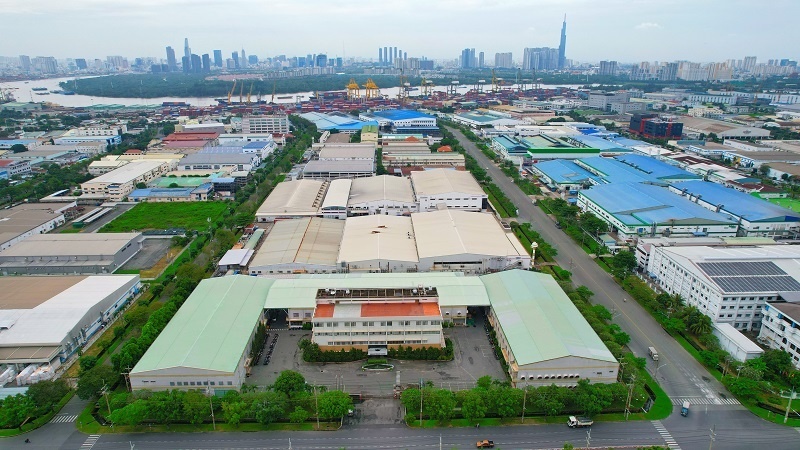
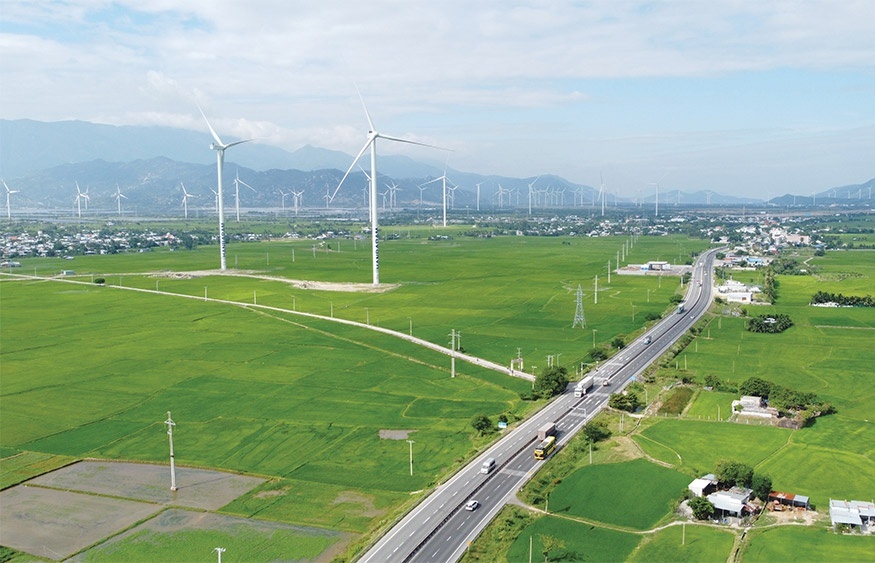
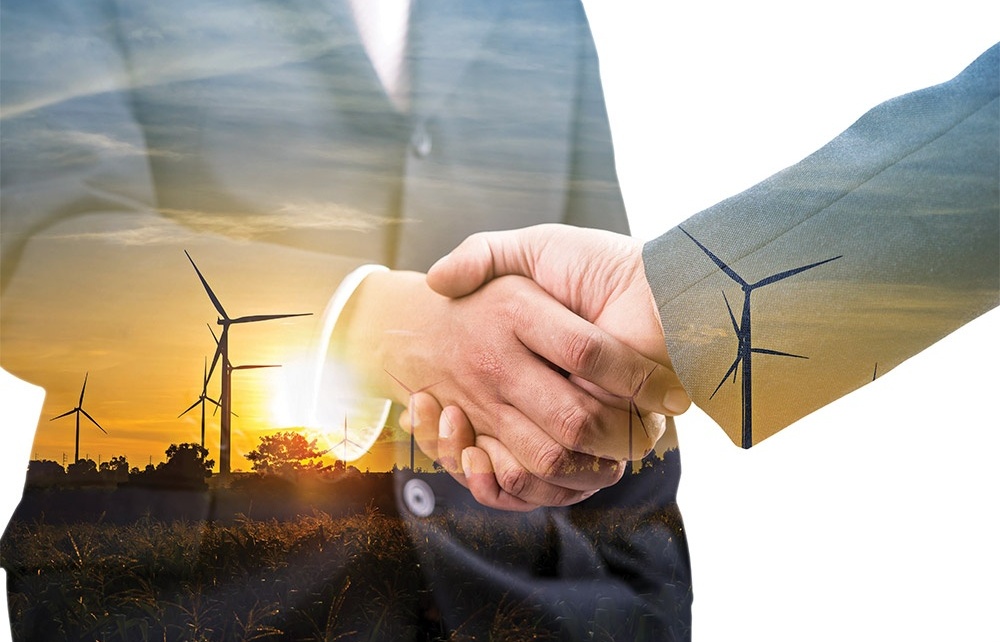
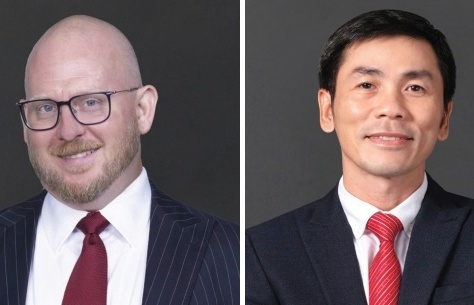
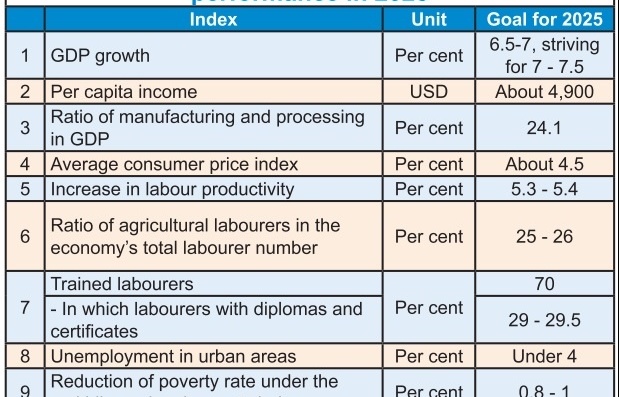



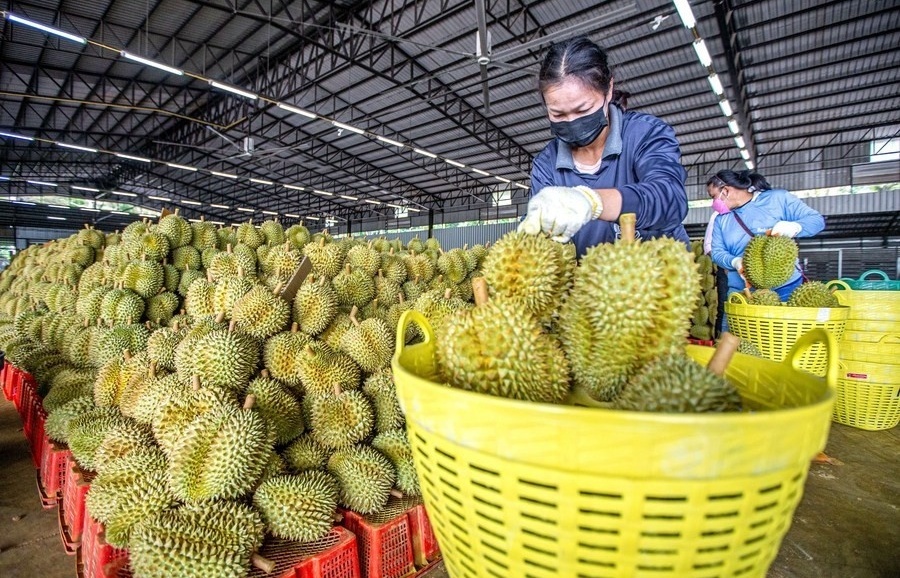
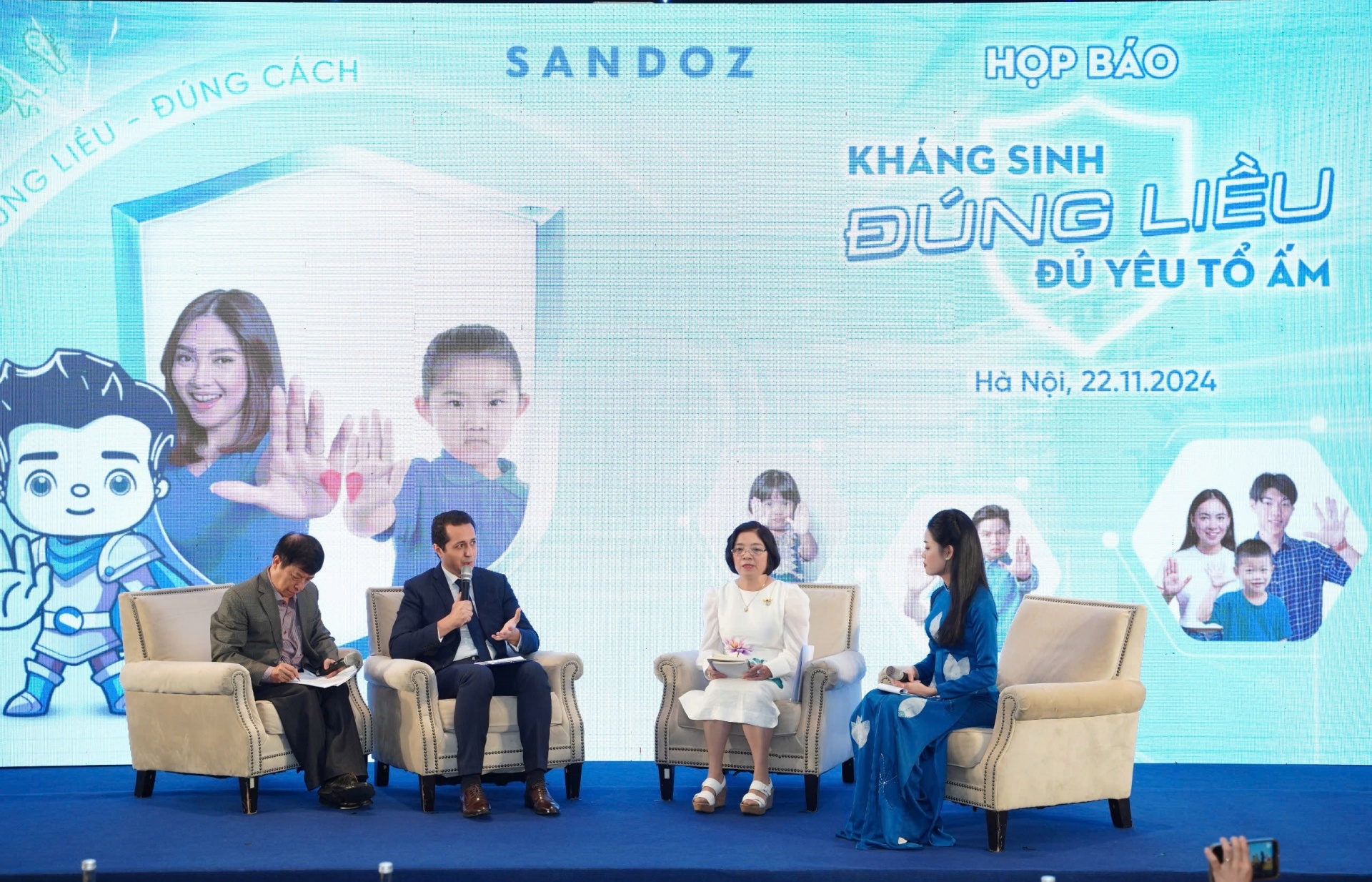

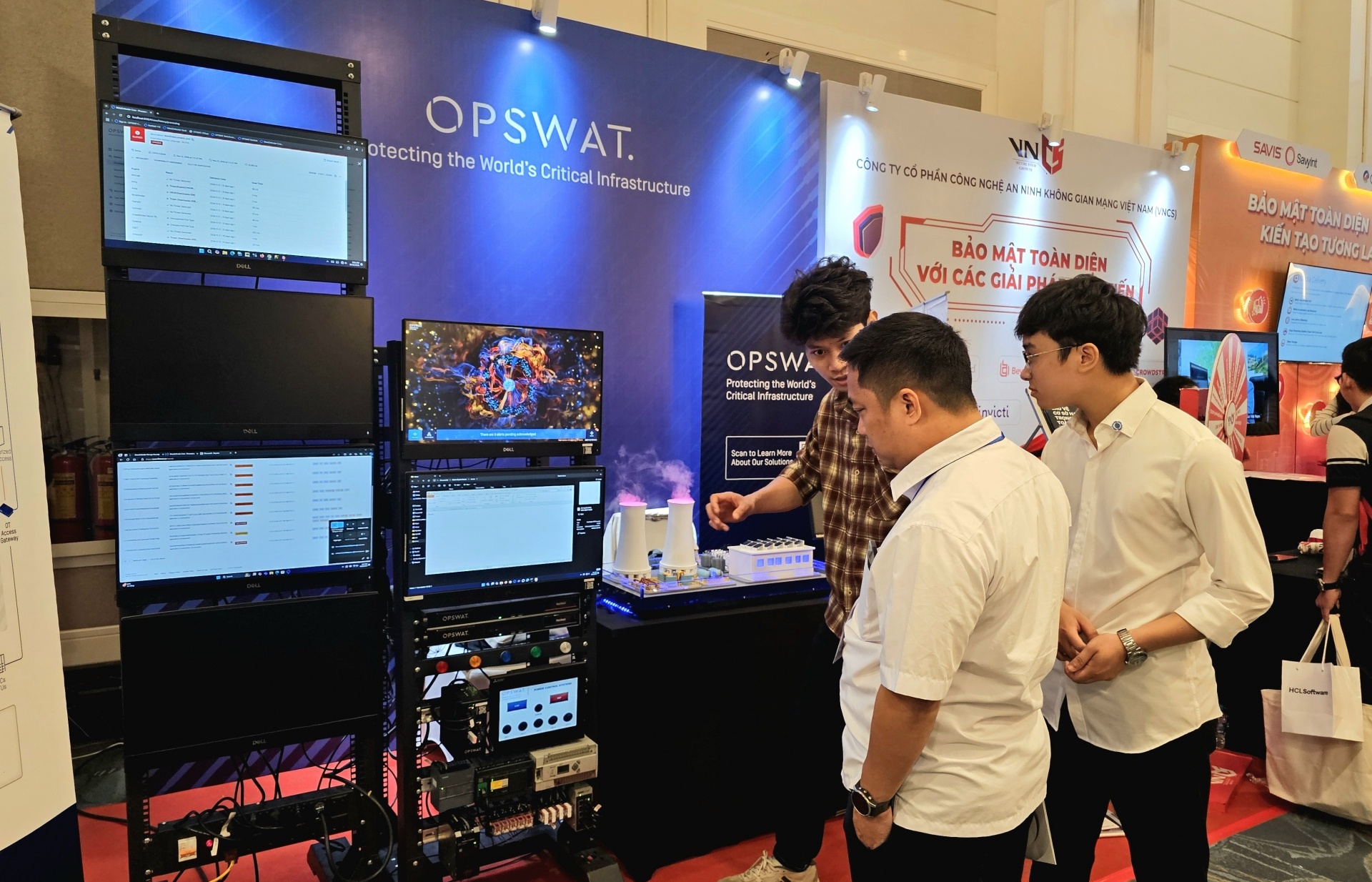



 Mobile Version
Mobile Version